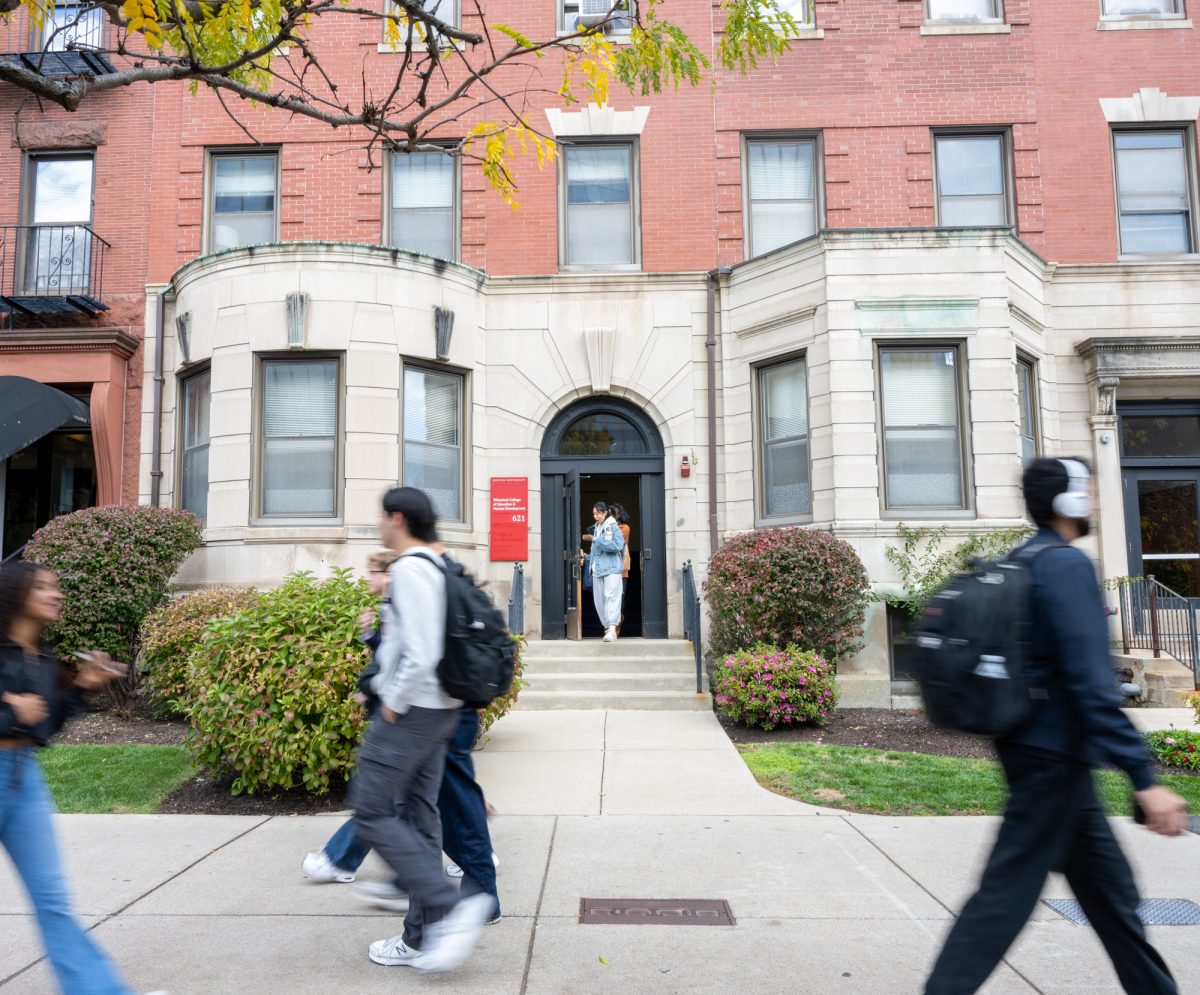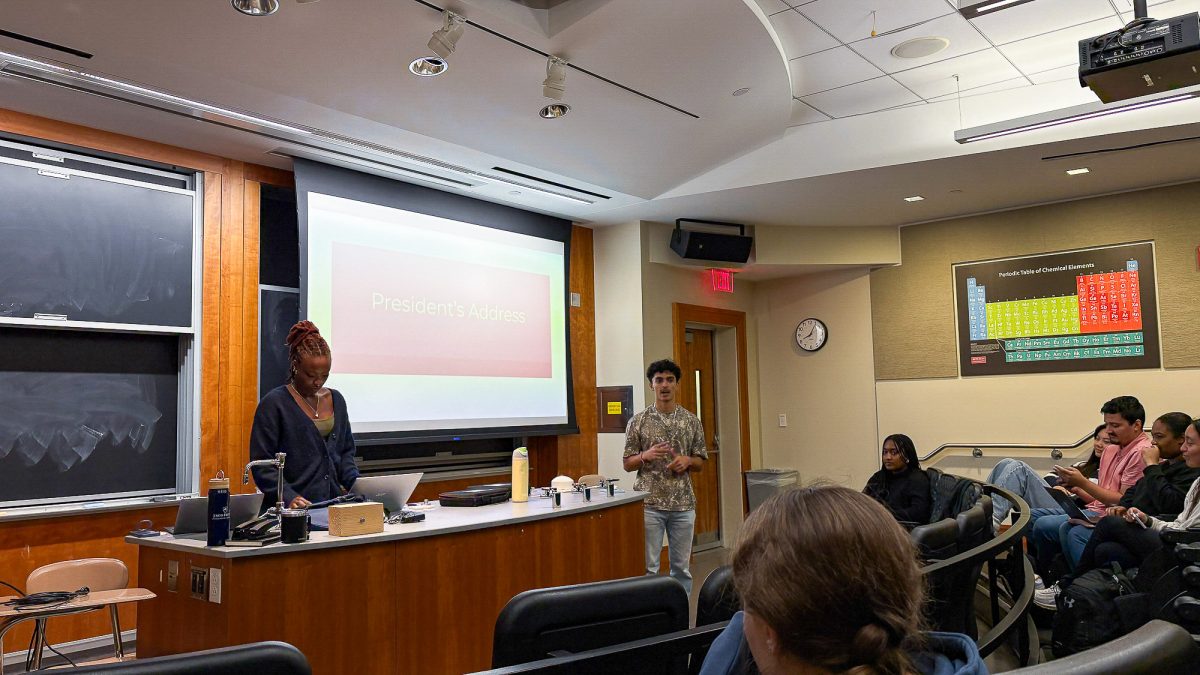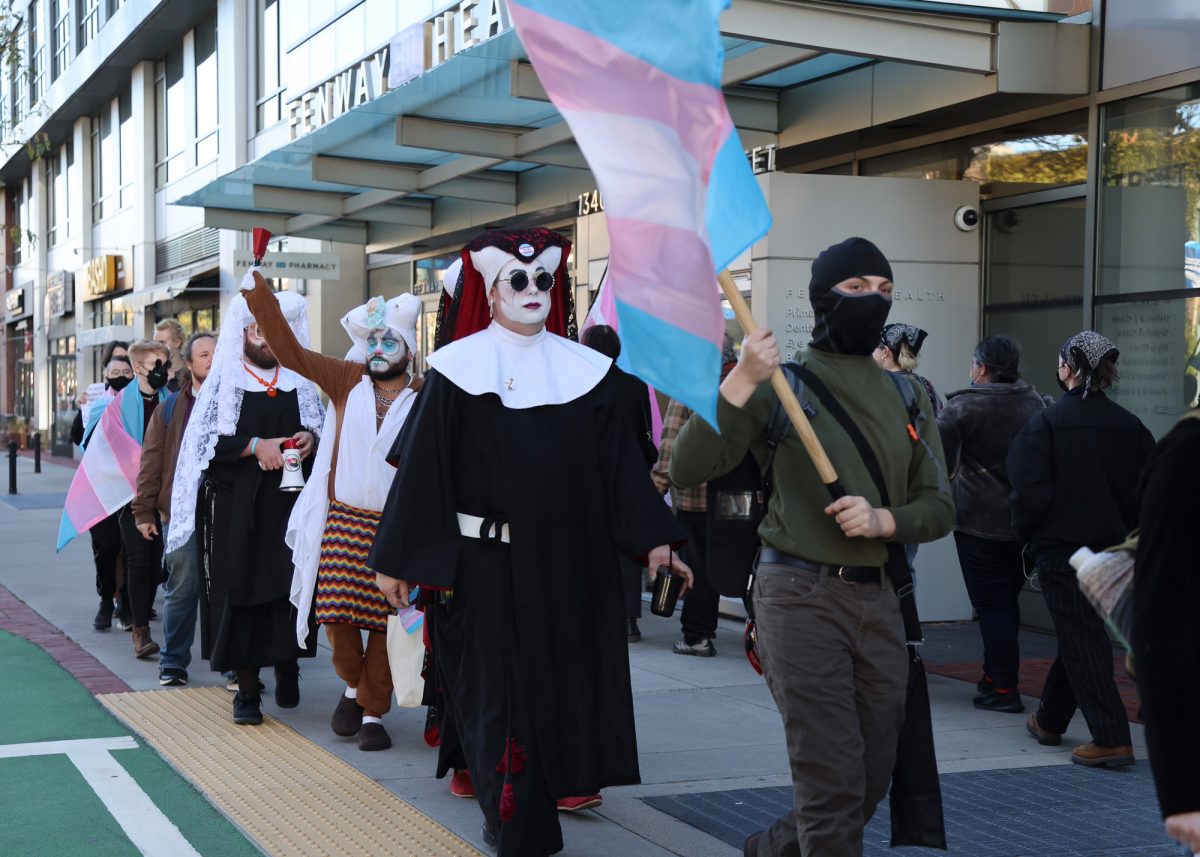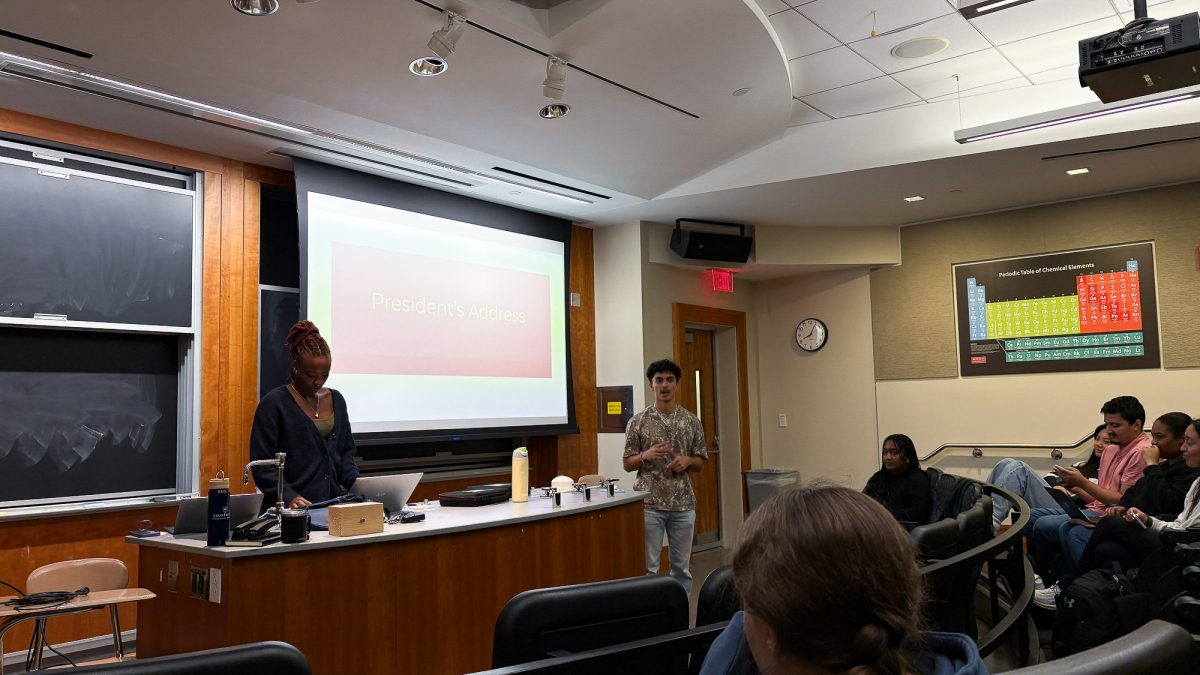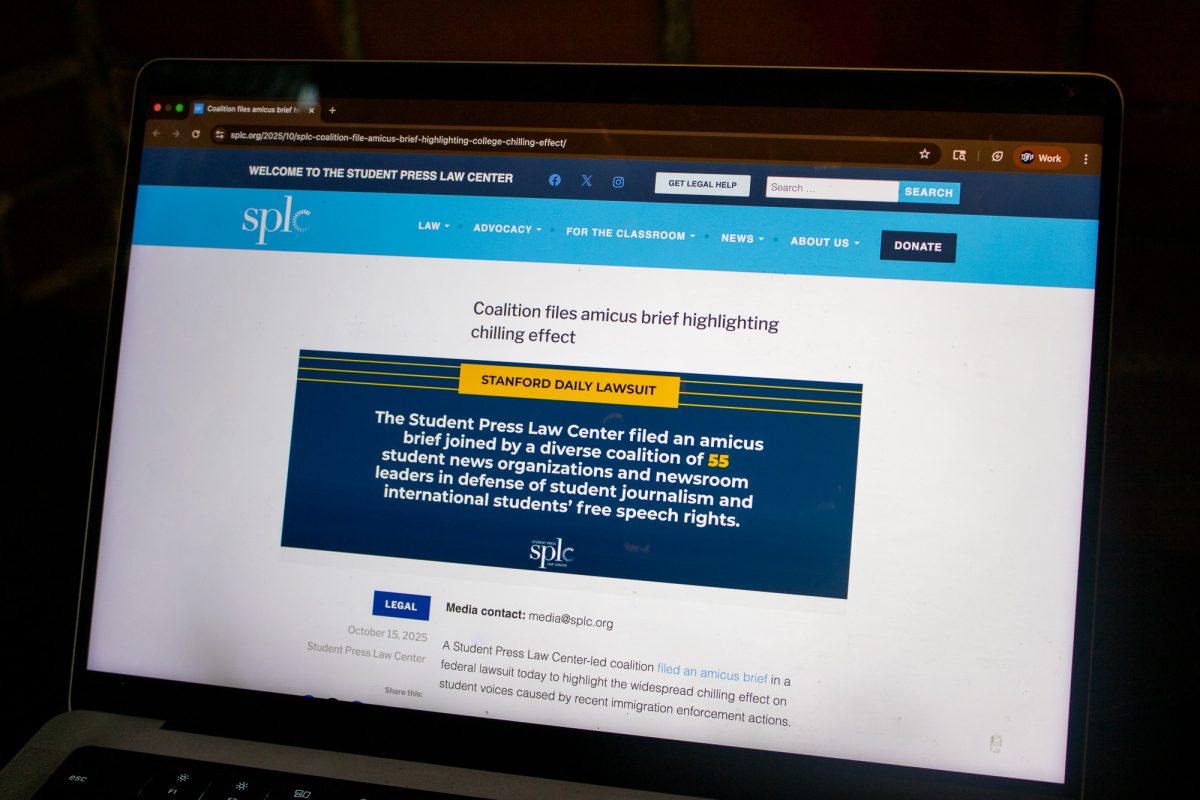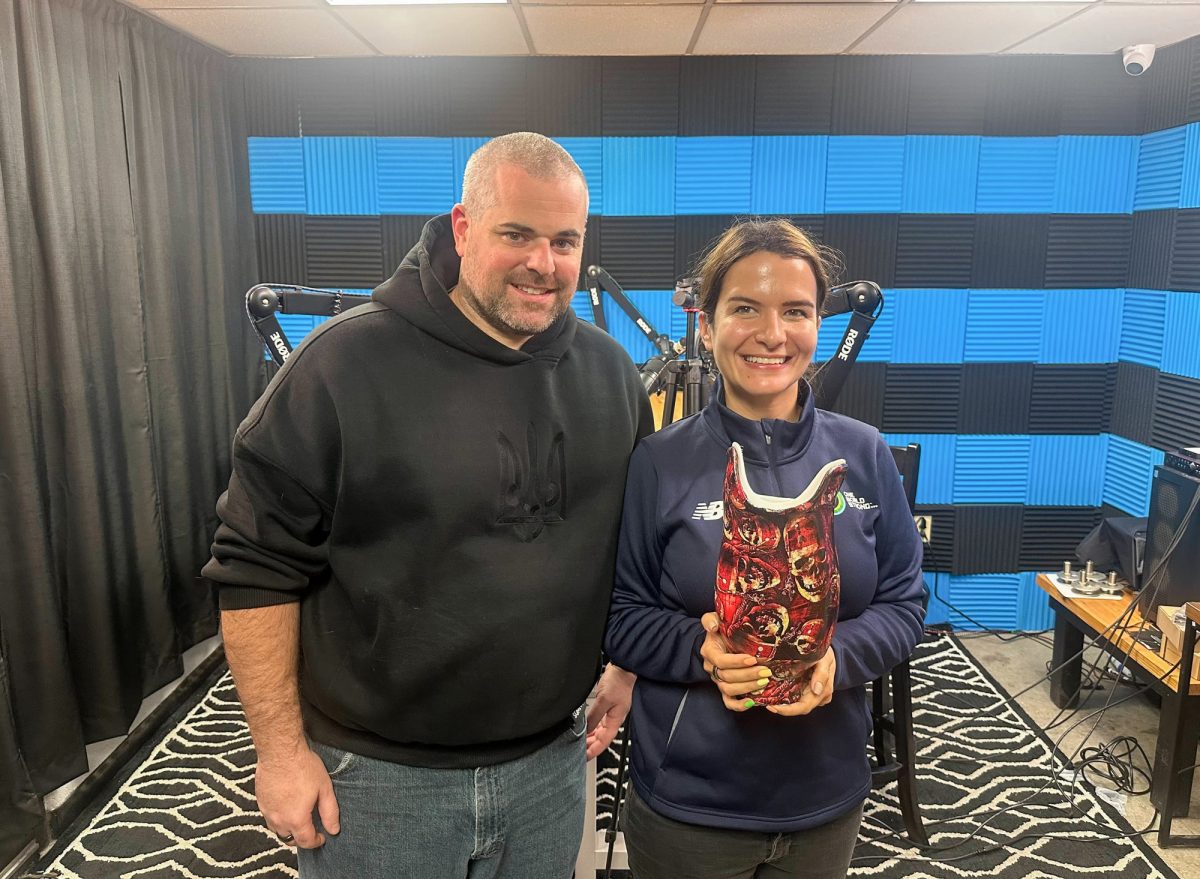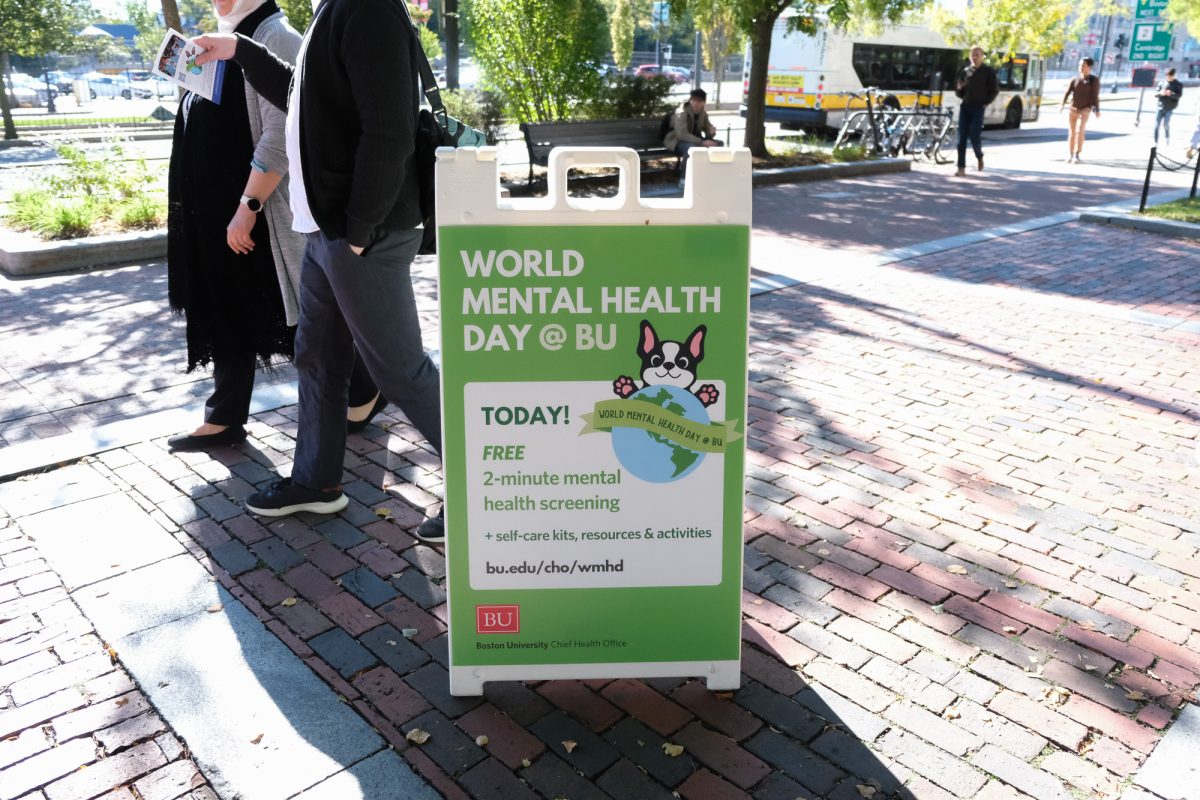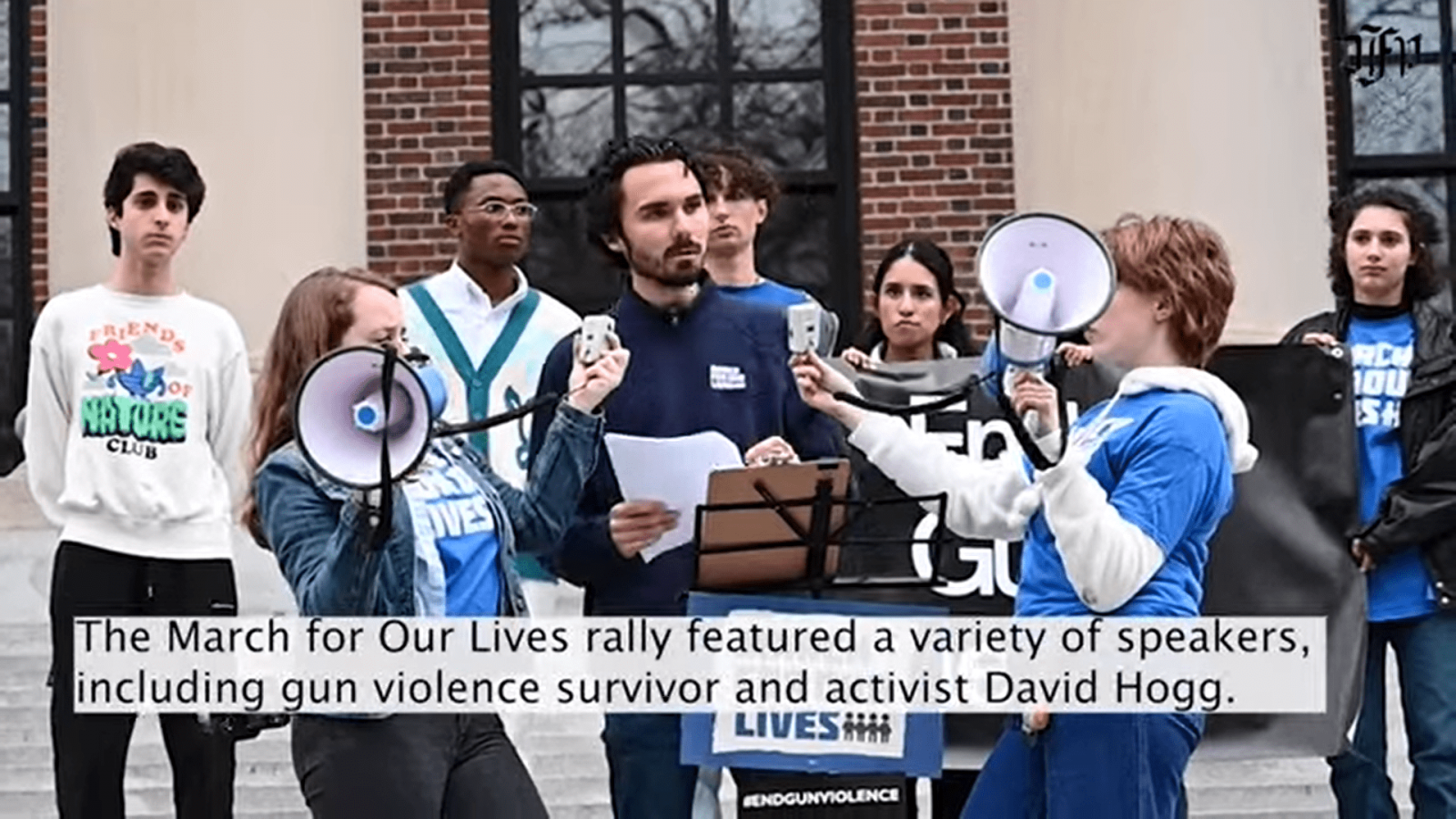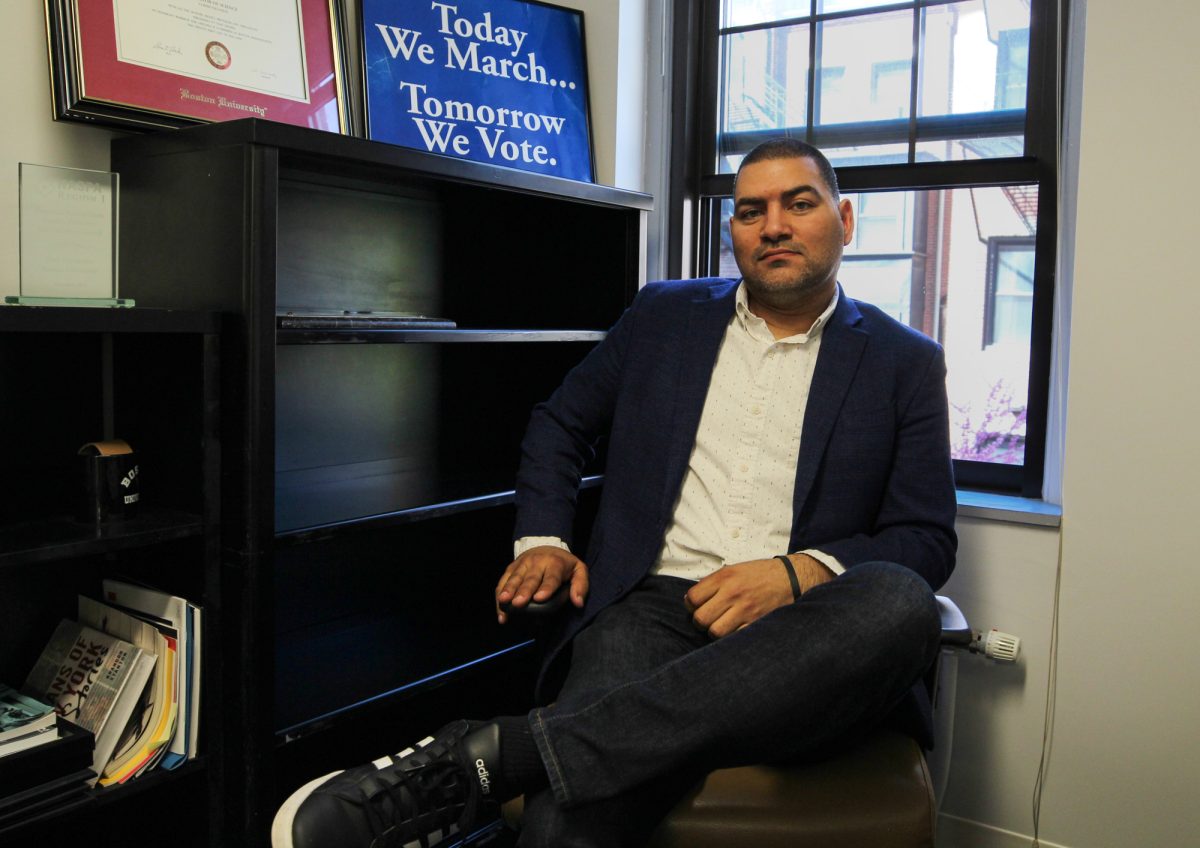“O-N-E L-E-S-S, I want to be one less, one less,” sing young girls in an advertisement for Gardasil, a vaccine that claims to protect against four forms of the human papilloma virus that cause the majority of cervical cancer.
The commercial’s slogan, “one less,” refers to Gardasil’s notion that, with the help of the vaccine, “one less” woman will be diagnosed with or die from cervical cancer. While the song is an admittedly catchy one and the slogan easily digestible, Gardasil’s point is clear: it is a vaccine intended to prevent cancer in women.
PREVENTATIVE MEASURES
Gardasil protects against diseases caused by HPV Types 6, 11, 16 and 18. HPV Types 16 and 18 cause 70 percent of cervical cancer cases, while HPV Types 6 and 11 cause 90 percent of genital warts cases, according to an STD fact sheet on the Centers for Disease Control and Prevention website.
“It is the first vaccine for cancer, basically,” Dr. David McBride, director of Boston University Student Health Services, said in an e-mail. “The vaccine protects against several strains of the virus that cause cellular changes that can lead to cancer.”
An October 6, 2005 press release from Merck — the company that manufactures Gardasil — states “an investigational vaccine from Merck ‘ Co., Inc. prevented 100 percent of high-grade cervical pre-cancers and non-invasive cervical cancer . . . associated with human papillomavirus (HPV) types 16 and 18 in a new phase III study.”
Gardasil is approved for women ages 9 to 26. The CDC’s website recommends the vaccine for 11- and 12- year old girls. The administration of the drug to such a young age group stems from the fact that Gardasil is not a treatment for HPV, but a preventative measure for those who are not already infected.
Gardasil is administered to female patients in three doses, over the course of a six month period, according to the company’s website.
Females should receive the vaccination before becoming sexually active, although sexually active females may still reap benefits from inoculation.
“The vaccine is not contraindicated in women who have been sexually active, but it is ideal to administer the vaccine before a woman has had sexual contact, thereby exposing her to HPV,” McBride said.
According to the CDC’s website, few young women are infected with all four types of HPV, so if they received the vaccine, they would still be protected from the types they have not yet acquired.
SHS Nursing Director Denise Buckley said there is no way for females to know if they have contracted one of the HPV types, unless they have already been diagnosed with an abnormal Pap smear, which checks for changes in cervical cells.
“Most GYN providers would talk with their patients, get a sexual history, present the information available about the vaccine, do an exam — Pap smear — and then let the patient decide,” she said in an e-mail. “The exam and Pap smear would certainly be optional for the patient.”
The FDA has not approved Gardasil for use in men, pregnant women or women over the age of 26. According to the CDC website, the FDA will consider licensing and recommending the vaccine for these groups if research shows it is safe and effective. It is possible that administering the vaccine to males may prevent anal and penile cancers and genital warts, as well as providing indirect health benefits to females, the website said.
A WIDESPREAD INFECTION
Nearly 20 million people are already infected with HPV, and many infected people do not even realize that they have HPV, because it carries very few signs and symptoms, according to the CDC’s website.
“At least 50 percent of sexually active men and women acquire genital HPV infection at some point in their lives,” the website reads.
The website also claims that 80 percent of women will become infected by HPV by the age of 50, while 6.2 million Americans get a new genital HPV infection each year.
Genital HPV is the most common sexually transmitted disease in the United States, according to the U.S. Department of Health and Human Services website. By preventing diseases caused by certain types of HPV, the vaccine lowers the occurrence of cervical cancer in women, SHS Nursing Director Denise Buckley said.
“Anyone who has had an abnormal Pap [smear] and has had to do a colposcopy and biopsy and perhaps a freezing . . . of the cervix will understand the value of prevention,” Buckley said in an e-mail. “Those procedures and the anxiety experienced are often overwhelming to young women.”
HOW TO FIND GARDASIL
An October 20, 2005 article of The Daily Free Press reported that BU officials did not plan on offering Gardasil as an on-campus service to students.
“[Student Health Services does] have Gardasil,” Buckley said. “We have had a demand for it and have had it available since September of [20]06.”
“A lot has changed at SHS since 2005,” McBride said. “We have the vaccine and are actively administering it to patients.”
According to a February 25 Boston Globe article, Gov. Deval Patrick proposed funding that would make every Massachusetts girl between the ages of 9 and 18 eligible to receive the HPV vaccine. The vaccine would not be mandatory in Massachusetts, the Globe article said. Even if Patrick’s new proposal is put into action, many college-aged female students would not fall under its umbrella because of the 18-year-old cutoff, and would end up paying for the vaccination out-of-pocket.
THE COST OF PREVENTION
The price tag on the protection Gardasil offers is $150 per injection, according to Buckley, when administered at SHS. This is $30 more than the retail price of the vaccine – $120 – according to the CDC’s website.
“Chickering insurance does not pay for this injection,” Buckley added, citing that The Chickering Group, BU’s insurance provider, does not cover any immunizations for BU students.
College of Communication freshman Kelly Chow said SHS should provide students with the opportunity to receive vaccines because students come from diverse backgrounds, and living in dormitories is a breeding ground from disease.
“I don’t know anything about [Gardasil] right now,” Chow said. She said if she knew more about the vaccine, she might consider getting it.
COM freshman Angela Stefano said it might be difficult for college students to receive all three parts of the vaccination at one healthcare provider.
“It’s hard to schedule something like [the vaccine] around being home, especially if you live far away,” Stefano said. “It’s easier to do [at BU], when we’re here for most of the year.”
SHS will, however, administer the vaccination in parts, regardless of where the patient is in the three-part series.
“We will start or finish the series,” McBride said. “The student should carry with them documentation of the dates of the other injections so that we can get the timing right . . .we give students a card with the date of the vaccine administered here.”
EXAMINING THE SIDE EFFECTS
Possible side effects of the vaccine are fairly mild, including localized reactions, such as redness and itching, at or around the site of the injection, according to the company’s website. It may also cause dizziness, nausea and fever.
According to the FDA website, when about 11,000 individuals participated in a Gardasil study, most of the reactions experienced were mild to moderate and included pain or tenderness at the site of the injection. Merck, the vaccine’s manufacturer has committed to performing additional studies of the safety of Gardasil, the website said.
The long term effects can only be determined after more studies are performed by the manufacturers of the drug, Buckley said.

